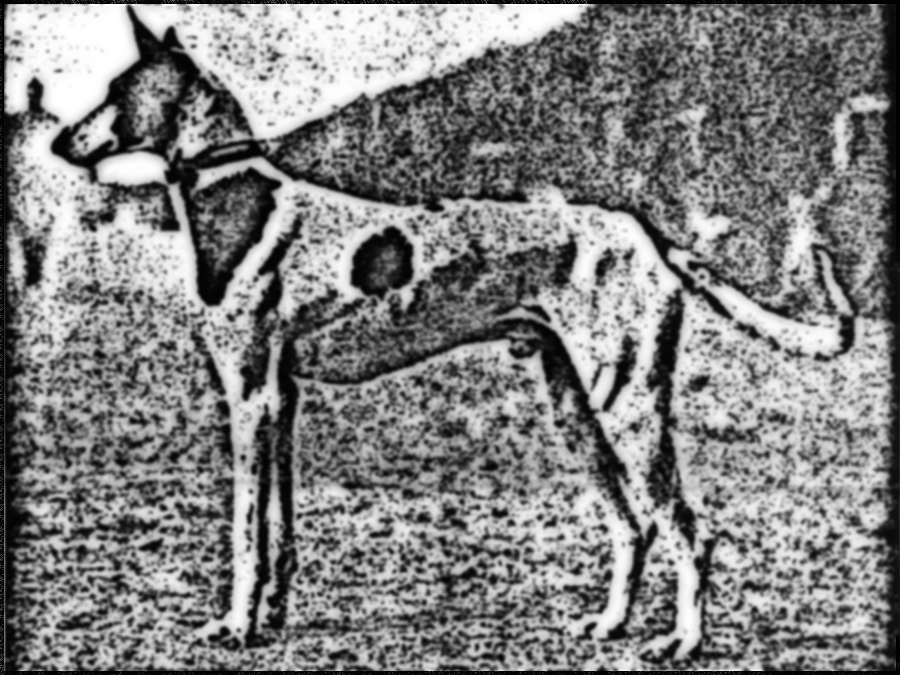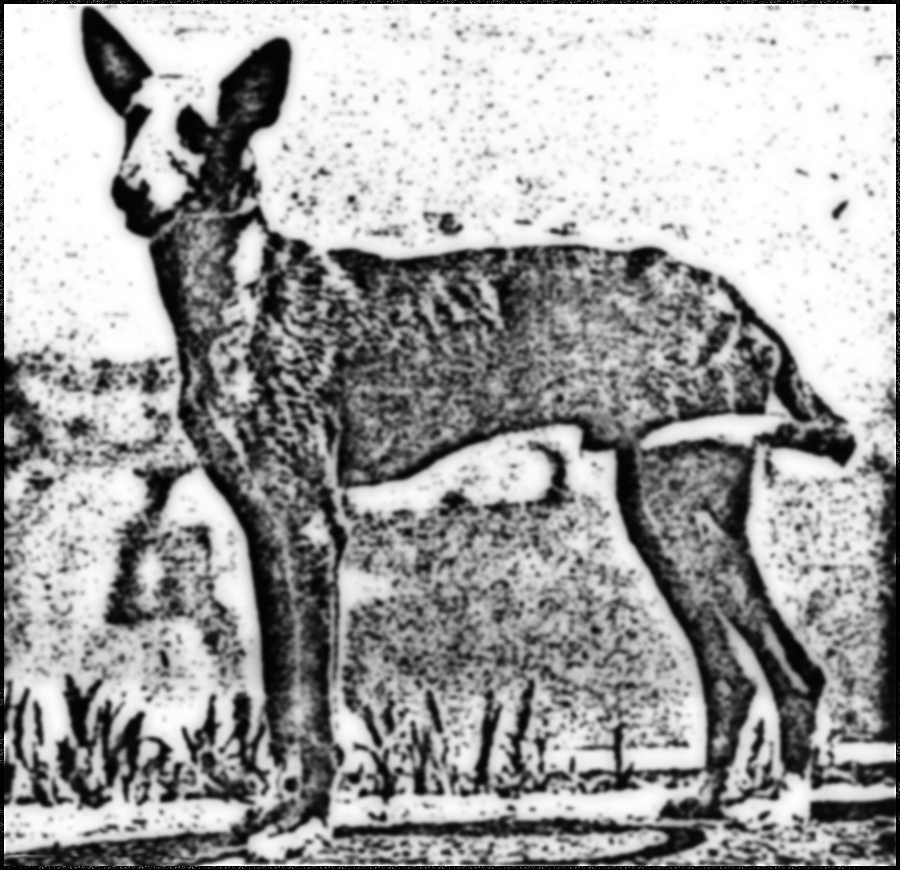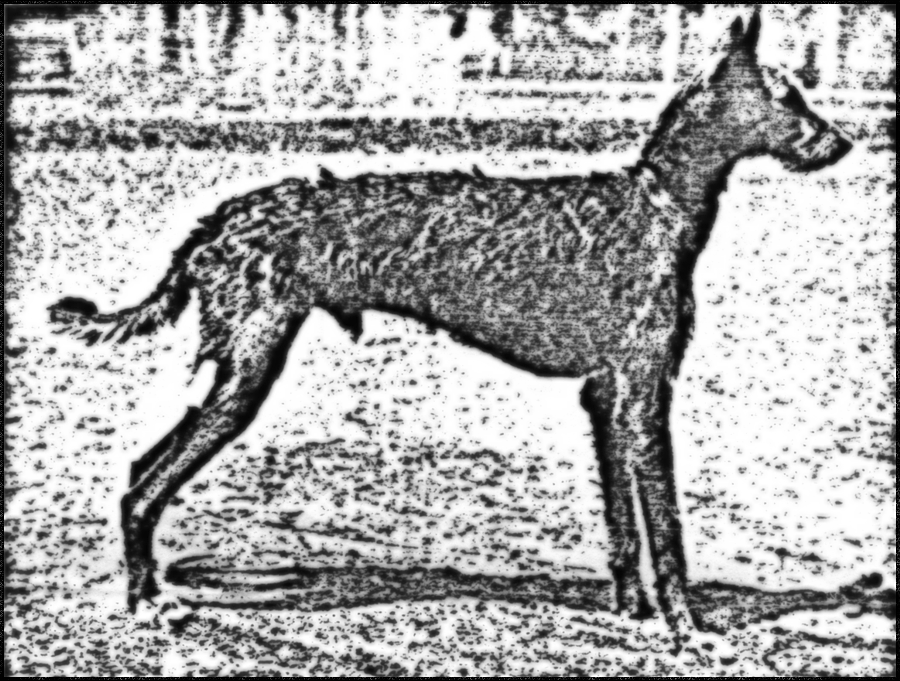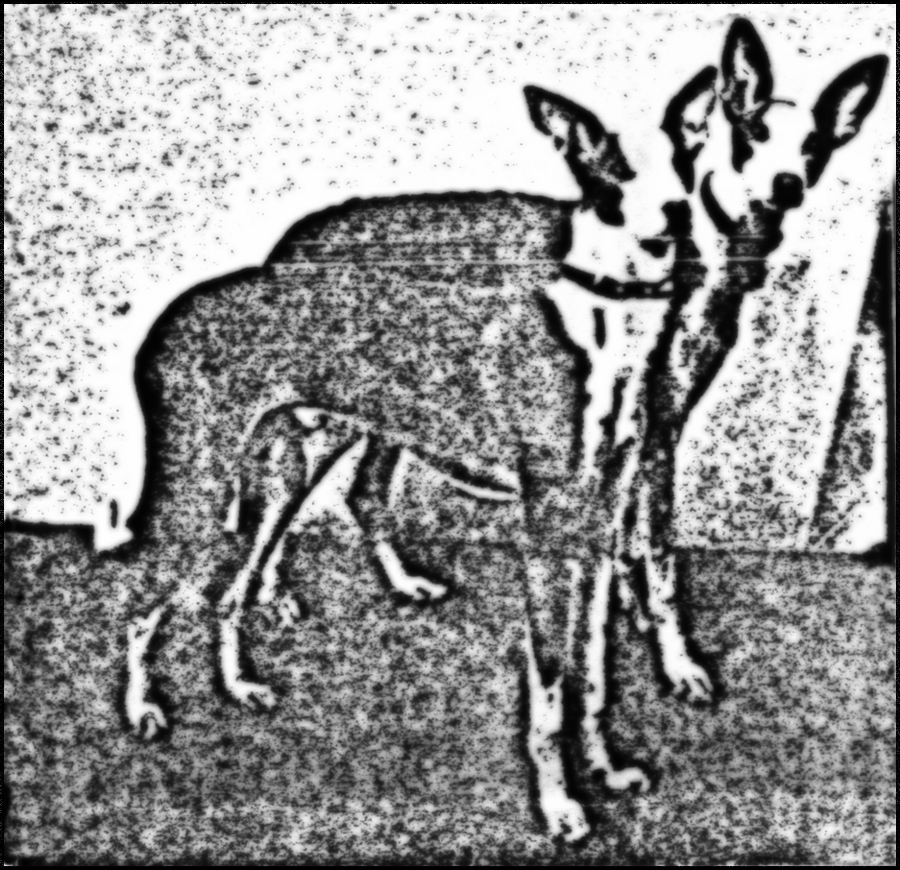Reflections - Ibizan History
Reflections - Ibizan History
The first installment article from the Historian files for the Third Eye comes from a surprisingly unexpected source. A bit of Ibizan history can be discovered in this segment of a chapter from a very old German book printed in the 1920s about German Shepherds and primitive breeds in foreign lands. I had a very poor copy, but there was a much better copy within the Historian files. I thought it was very informative.
Nan Kilgore Little, IHCUS Historian Chair
Excerpt from The German Shepherd Dog 8th Revised and Enlarged Addition, by Capt. v. Stephanitz published in the 1920s, pp 119-124

It is more difficult to describe the medium sized shaggy-haired type, the pure descendants of the Bronze Age dog in Spain. I don't know whether remains have been found of Bronze Age dog relics at excavations South of the Pyrenees. One may suppose that this prehistoric dog whose existence has been proved in all other parts of Europe, had also reached Spain. If not, he would have arrived there at the latest with the German nomads, for his descendants are still extant today in a race which bears the name of "Podenco".

This dog, however, does not appear to be used with the herds - note however the following illustration - in Spain his services as a guardian and defender are not yet wanted; instead, the Podenco is everywhere used as a watch-dog, just as in Germany about 300 years ago the Hovawart, the ancestor of our present-day watch-shepherd dog. The Podenco varies in size from 22-26", his coat is shaggy and sometimes rough, the colour mostly reddish-yellow. The larger-size dogs, which are said to be sometimes crossed with a local greyhound (galgo) for the purpose of making them swifter, are mostly used for the hunt of the boar or the wolf. The smaller dogs are to be found on almost every farm and are also used as retrievers because of their acute sense of smell. In that case they are called also "conejero" (from "conego" / rabbit) since the rabbit is their chief game. I could not find out the meaning of the word "Podenco", according to one dictionary I consulted it derives its origin from the Greek "podokes" i.e.; "the swift".

Let us now proceed from the Spanish mainland to the islands of the Mediterranean where on the Baleares we shall find a very strange dog which is also called Podenco but, at first sight, appears to have no connection whatsoever with the shepherd dog family. This dog, named after the island of Mallorca "Podenco mallorquin" is a pure hunting dog, mainly used in hunting the wild rabbit which is very frequent in that part of the world. Cross-breeding of the Podenco mallorquin with the greyhound is strictly condemned since it would deteriorate the good qualities of the dog, his great leaping power, his acute sense of hearing and, first of all, sense of smell; moreover his intellectual powers, his quick-wittedness and his capability of using all sorts of ruses. The head of the Mallorquin does not show at all the flat shape of the greyhound's head. This is particularly clear from the beautiful photograph of a bitch closely related to the Mallorquin, a bitch from the Canarian islands, about whom I shall speak later on.

The great height which makes the Mallorquin slightly resemble a greyhound is due to the similar employment of the Mallorquin. Apart from the cultivated fields the territory of Mallorca, i.e., the hunting ground for the Mallorquin, is mainly covered with shrubs and high grass. The dog used for hunting the rabbit must therefore have sharp sight, hearing and a high leaping power; all these are guaranteed by the extraordinarily big ear shells, the high legs and the comparatively short back.
The Mallorquin stands about 24-26" high, his weight is about 39-50 lbs. His colour is said to be mostly white with red patches, the more red patches the better, but there are also pure white, pure red and pure yellow dogs; their coat varies from shaggy to rough-shaggy hair. The natives call them also "invinicines", and on the neighbouring islands of Pithyuse, where these dogs also are to be found, they call them Ibiza dogs.